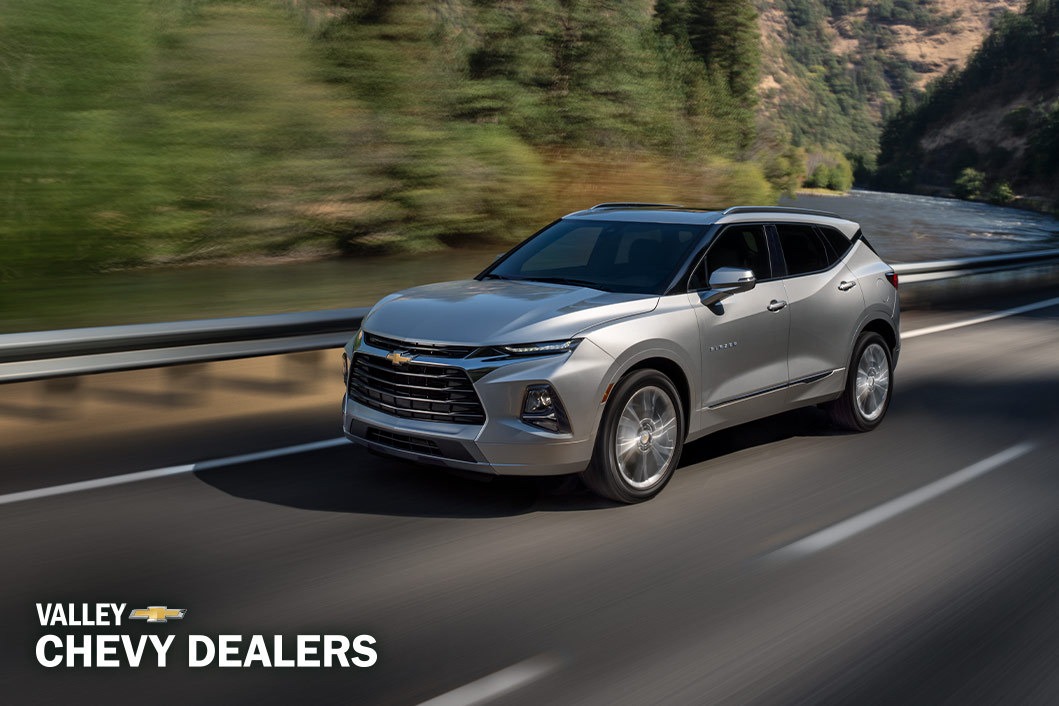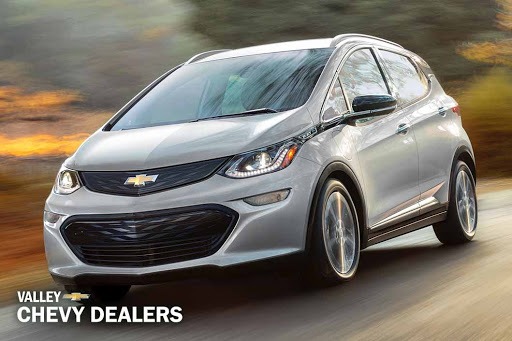How Do Hybrid Cars Work?

We’ve all seen or heard about hybrid cars by now. We know they’re supposed to be better for the environment and save you a lot of money on gas, but the science behind it isn’t quite as well known. So what is a hybrid car, exactly? If you’re wondering about the specific concepts and mechanics behind this innovation, this simple guide will be able to answer a lot of your questions.
Power Sources for Hybrid Cars
A hybrid, by definition, is a cross between two things. In biology, a mule is a hybrid of a donkey and a horse. A liger is a hybrid of a lion and a tigress. In music, blues rock is a hybrid of blues and rock. In cars, a hybrid is a fusion between a gas vehicle and an electric vehicle.
Luckily, there’s no need to understand genetics, music theory, or even much about engineering to dive deeper into these innovative vehicles. At the most simple level, a hybrid vehicle is no more than a car with both an electric motor and a traditional engine. The traditional engine might burn either gasoline or diesel fuel while the electric motor runs on battery power.
The gas engine is there to provide more power and acceleration, and the electric motor is there to improve fuel efficiency. The battery that powers the electric motor can be recharged in many ways. In some cases, you’d have to plug in your hybrid to a charging cable to refill the battery. In other cases, like the Chevy Malibu, the hybrid components would regain their charge by using kinetic energy from the gas engine and the brakes.
Recharging a Hybrid Car
Hybrid cars are smart vehicles, and they’re loaded with technology that maximizes their efficiency. You don’t need to flip a switch or learn complex controls to keep the system running. The vehicle is just trying to use as much electricity as it can to save gas during your trip. The electric motor is more likely to kick in once you’ve reached your cruising speed on the highway, for example.
Once the battery runs out of electricity, the car basically just becomes a gas-powered vehicle again. While the convenience of gasoline or diesel is nice for road trips, it also means you’re just getting higher MPG from your fuel without cutting it out altogether. Thomas Edison noted that discontent with previous accomplishments is necessary for continued progress. The engineers at Chevrolet must have a lot in common with Edison because they refused to be satisfied with hybrid vehicles alone.
Does Chevy Still Make Hybrid Cars?
While some pre-owned Chevy Volt and Malibu hybrid models are still available, those vehicles have been discontinued. Chevrolet is no longer committing resources to hybrid vehicles, though fuel efficiency remains an area of focus even for their traditional engines. The research and development innovators at this legendary American company have focused their efforts on creating a vehicle that can do more with electricity alone.
How Hybrid Evolve
Biological hybrids like mules and ligers have traditionally had trouble reproducing and evolving. Luckily, hybrid vehicles haven’t had the same problem. Thanks to technological advances, we’re seeing a new era of vehicles that can come completely untethered from gasoline and diesel. Hybrid vehicles offered tiny electric ranges on top of weak combustion engines. Humans are growing out of our need for combustion engines thanks to superior batteries and electric motors.
Introducing the Chevy Bolt EV

If you’re not acquainted with the Bolt EV yet, there’s never been a better time. The Chevy Bolt has an electric range of 259 miles, as estimated by the EPA. That means 259 miles from one full charge, and you can get 100 more miles worth of charge when you stop to charge for as little as 30 minutes at a DC fast charging station. With fast charging and an extended range, even road trips are starting to feel viable without touching a single drop of fuel.
You may even be able to go a few days without needing to charge overnight. That means less time disrupting your daily routine and a 100% commitment to avoiding combustion fuels. This vehicle has no gas tank whatsoever. You couldn’t put diesel or gas in it if you tried.
While this does mean slightly longer pit stops at charging stations, it also achieves a higher level of dedication to a green future. Along the way, your vehicle will leverage smart technology like the myChevrolet Mobile App with Energy Assist to reward your efforts with more convenience. You’ll be able to see the nearest charging stations during your trip, and there are always new places to plug in.
Test Drive an Electric Vehicle

If you’re ready to stop visiting the pump, the Chevrolet Bolt EV is ready for you. This is the next logical step for efficient vehicles, and Chevy is making the future as accessible as possible.
Find your nearest Valley Chevy dealership today, and we’ll answer all of your questions about how electric cars work. Even more importantly, we’ll answer all of your questions about how you can join the movement toward a more renewable world.

